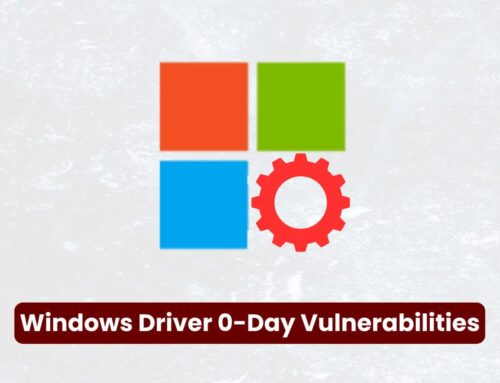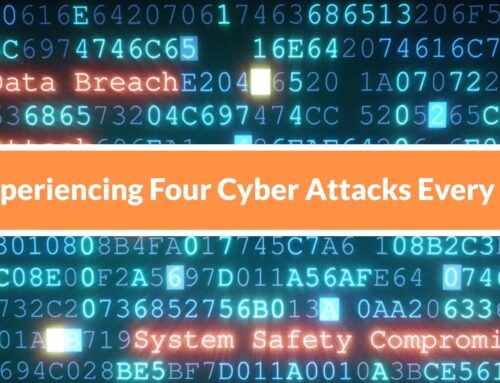
Critical SUSE Manager Vulnerability Let Attackers Execute Arbitrary Commands as Root
A newly disclosed critical security vulnerability in SUSE Manager demands immediate attention from organizations utilizing this platform. This flaw, enabling unauthenticated attackers to execute arbitrary commands with root privileges, presents a severe risk to enterprise infrastructure, potentially leading to complete system compromise and data breaches. Understanding the nature of this threat and implementing prompt countermeasures is paramount for maintaining a robust security posture.
Understanding CVE-2025-46811: The SUSE Manager Root Vulnerability
The vulnerability in question, tracked as CVE-2025-46811, has been assigned a critical CVSS 4.0 score of 9.3. This exceptionally high score underscores the severity of the flaw, indicating that exploitation is likely to have devastating consequences. The core mechanism of CVE-2025-46811 allows an attacker, without any prior authentication, to send malicious commands to a vulnerable SUSE Manager instance. Upon execution, these commands will run with root privileges, effectively granting the attacker full control over the compromised system.
SUSE Manager is a powerful open-source infrastructure management tool widely used by enterprises to manage Linux systems, provision new servers, and distribute software updates. Its pivotal role in an IT environment makes it a high-value target for adversaries. A successful exploit of CVE-2025-46811 could therefore ripple through an entire network, impacting numerous managed systems and critical services.
The Critical Impact of Root-Level Exploitation
When an attacker gains root-level access, the implications are far-reaching. They can:
- Steal Sensitive Data: Access databases, configuration files, and user credentials.
- Install Malware: Deploy ransomware, backdoors, or cryptominers.
- Disrupt Operations: Shut down services, delete critical files, or reconfigure systems.
- Establish Persistence: Create new user accounts, modify system settings, or install rootkits to maintain access even after patching.
- Lateral Movement: Utilize the compromised SUSE Manager instance as a pivot point to attack other systems within the network.
The unauthenticated nature of this vulnerability means that even external attackers with no prior knowledge of the target’s internal network can attempt exploitation, provided the SUSE Manager instance is exposed or reachable.
Remediation Actions: Immediate Patching and Mitigation
The urgency to address CVE-2025-46811 cannot be overstated. Organizations running SUSE Manager must take immediate action:
- Apply Patches Immediately: Monitor official SUSE security advisories for the specific patches addressing CVE-2025-46811. Prioritize applying these updates across all affected SUSE Manager instances without delay.
- Network Segmentation and Least Privilege: Ensure SUSE Manager instances are segmented from critical production networks and that network access to these systems is restricted to only necessary personnel and IP addresses. Implement firewall rules to limit inbound connections.
- Regular Security Audits: Conduct frequent security audits and vulnerability scans of your SUSE Manager installations and the systems they manage. This helps identify misconfigurations and emerging threats.
- Monitor for Suspicious Activity: Implement robust logging and monitoring solutions to detect unusual login attempts, process executions, or network traffic originating from or targeting your SUSE Manager systems. Look for indicators of compromise (IoCs) that may be released by SUSE or security researchers.
- Review Access Controls: Regularly review and enforce the principle of least privilege for all users and services interacting with SUSE Manager.
Tools for Detection and Mitigation
Leveraging appropriate tools is crucial for identifying vulnerable systems and fortifying your environment:
| Tool Name | Purpose | Link |
|---|---|---|
| Nessus | Vulnerability Scanning & Patch Management | https://www.tenable.com/products/nessus |
| OpenVAS / Greenbone Vulnerability Management | Open-source Vulnerability Scanner | https://www.greenbone.net/ |
| Snort / Suricata | Network Intrusion Detection/Prevention Systems (NIDS/NIPS) | https://www.snort.org/ https://suricata-ids.org/ |
| SIEM Solutions (e.g., Splunk, ELK Stack) | Security Information and Event Management for Log Analysis & Alerting | https://www.splunk.com/ https://www.elastic.co/elastic-stack |
| SUSE Manager Itself | Patch Management and Configuration Compliance Reporting | https://www.suse.com/products/suse-manager/ |
Protecting Your Infrastructure: A Proactive Stance
The disclosure of CVE-2025-46811 serves as a stark reminder of the continuous need for vigilance in cybersecurity. For organizations leveraging SUSE Manager, immediate action is not merely recommended but essential to prevent potential full-system compromise. Prioritize the application of all available patches, strengthen network access controls, and maintain vigilant monitoring of your systems. A proactive security posture is the most effective defense against critical vulnerabilities of this nature.





